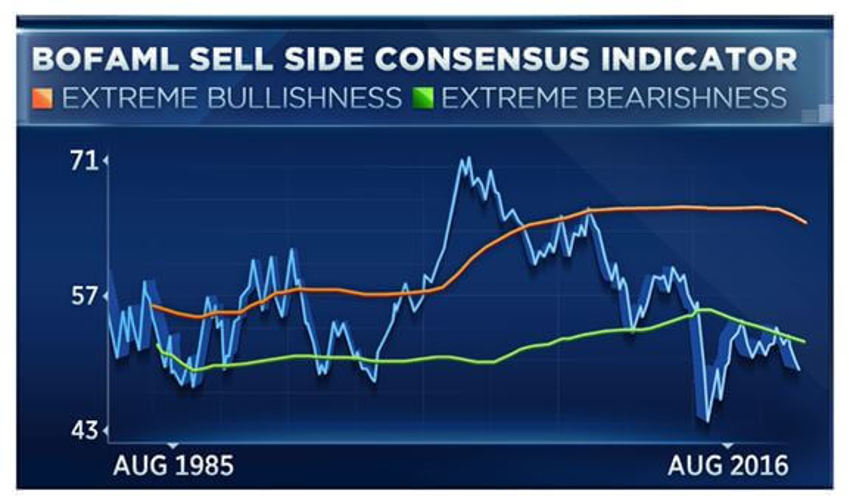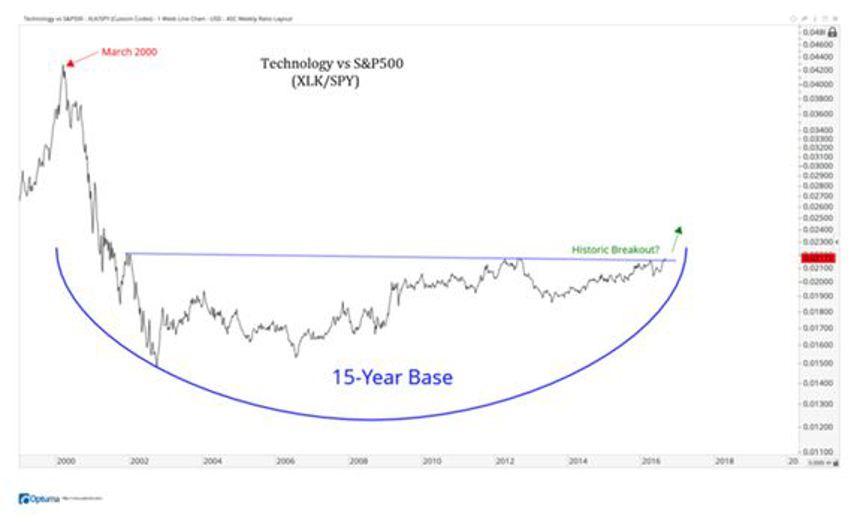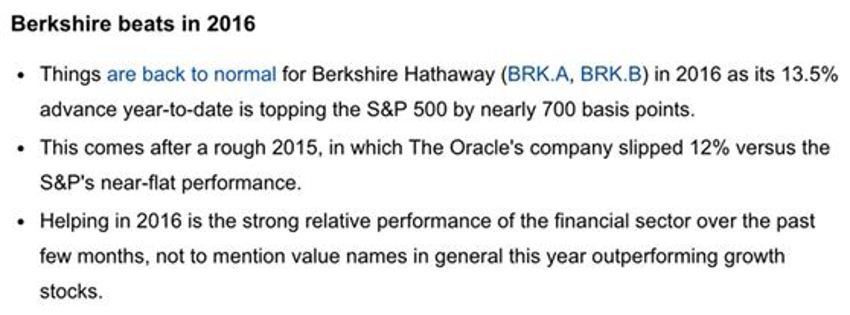Investing, So Long As Men Are Men…
“The events of future history…will be of the same nature-or nearly so-as the history of the past, so long as men are men.” – Thucydides-Athenian Historian and General
I believe the next 40 years are very likely to look a lot like that last 40 years.
That means a lot of terrible things, a lot of scary things and even a lot of good things will elicit the five most expensive words in investing: "It's Never Been This Bad...."
Plenty of turmoil awaits us, alongside more record amounts of wealth creation and many, many more thousands of points in the markets; alongside all of the reasons we’ll be told it can’t possibly go on.
All of this by the way has been present since I started in this business in 1982. Risk has always been there and we simply got through it.
History offers us many examples:
- We have had one Great Depression. Most recessions do not turn into a Depression over time.
- Uncertainty is always present no matter how sure you are that it isn't.
- The presence of risk is not an excuse to avoid investing in the future growth of solid businesses.
- Prices tend to rise just when the investor herd believes things have become “clearer.”
- There is a massively (emotional) behaviour gap "cost" suffered between total mutual fund returns, and what investors actually received.
- If stock volatility scares you a lot, then adding leverage to try and get better returns almost always ends poorly for the borrower.
- Bull markets last much, much longer than bear markets.
- Stocks can and will stay significantly undervalued and overvalued for very lengthy periods of time, even as the definitions of overvalued and undervalued changes over time.
- Buying the latest Wall Street product to hedge away risk is often a poor idea.
- Historically speaking, stocks have been in a bull market 85% of the time.
Forward Revenues and Earnings Updates
The slow August data has fears brewing in the peanut gallery.
Folks seem to forget that August is, well, slow. It's slow everywhere. Most people are on vacation.
And while investors leap to negative conclusions based on short-term perspectives, the odds are high it bounces back; sooner rather than later.
Our economy is changing so quickly that we must begin to grasp the idea that the data we’re seeing, and the antiquated market measures being used, is not a productive or effective view of what is actually happening.
Dr Ed Yardeni reminds us that forward earnings rose for all three indexes last week...again. In fact, for LargeCaps it was up for the 17th straight week in a row. And it was MidCaps 7th week in a row and SmallCaps 14th rise in the last 15 weeks.
So, could we pause on the improvements for a bit? Sure. In fact that would be normal to expect in slow spots. But, all three have risen since mid-March, making this the best multi-week run since August 2014.
The Point?
We’ve completely erased the "earnings recession" brought on by the dismantling of the energy sector.
More on Sentiment
We already know 72% of investors do not like stocks now.
So, let's mesh that with the latest from BAML and their sell-side sentiment model.
What does it say?
Well, it shows the strategists remain more bearish on markets than they were just after the 2008-2009 Great Recession.
Sorry guys, but you’re costing your clients a fortune:

A couple things are pretty fascinating about this data.
It shows, for example, that the experts are now as fearful as they were just AFTER the Crash of 1987, (which was 16,000 Dow Jones points ago), AFTER the early 1990s recession (14,800 Dow Jones points ago), and AFTER the '08/'09 collapse (11,800 Dow Jones points ago).
And in case you’re wondering when it was that investors actually felt good about the market, well, that happened at the peak in the chart in March of 2000; the Tech bubble’s top.
The green line above signifies "extreme bearishness" in the data. Note how long we’ve been below this line in terms of years. And all the while US markets have risen.
Do we really want to assume it's all still because of QE?
What’s Next?
We said it all summer: The next couple months have the added pressure of what is likely to be some pretty ugly antics in the race for the White House.
Of course, I suppose the use of the term "race" implies a question in outcome.
A corrective wave should not be surprising at this point, and could actually be helpful for long-term investors.
I always like the idea of getting something a little cheaper. And a small flush would cause even more fear to mount as the economy continues to move forward, slowly but surely.
Bonds would rally, rates would stay lower for longer and values would improve. It does not mean current values are bad, it simply means an improvement.
The Bottom Line
If you need any more data on the explosive energy building under the surface to soon benefit the US economy, look no further than tech markets:

This effort to break out may take a bit more work. Technology will drive the forces behind the passing of the economic baton from Baby Boomers to the Millennials of Generation Y.
Gen Y is tech savvy; they live, eat and breathe it, and have done since they were born. And as their knowledge base will slowly infiltrate the corporate world those efficiencies will be set in motion.
So, think in terms of decades, not months or quarters.
And the death of retailers has been greatly exaggerated.

And one final tip of the hat to patience.

Take a deep breath. Count to 1000 if you need to. Our economy is going through major demographic change.
That’s not a bad thing, and the people who will impact our world for the next 50 years are already alive.
Years from now, and at much higher market prices, there will be a time we are going to chuckle when we think of how afraid everyone was way back in 2015 and 2016.
